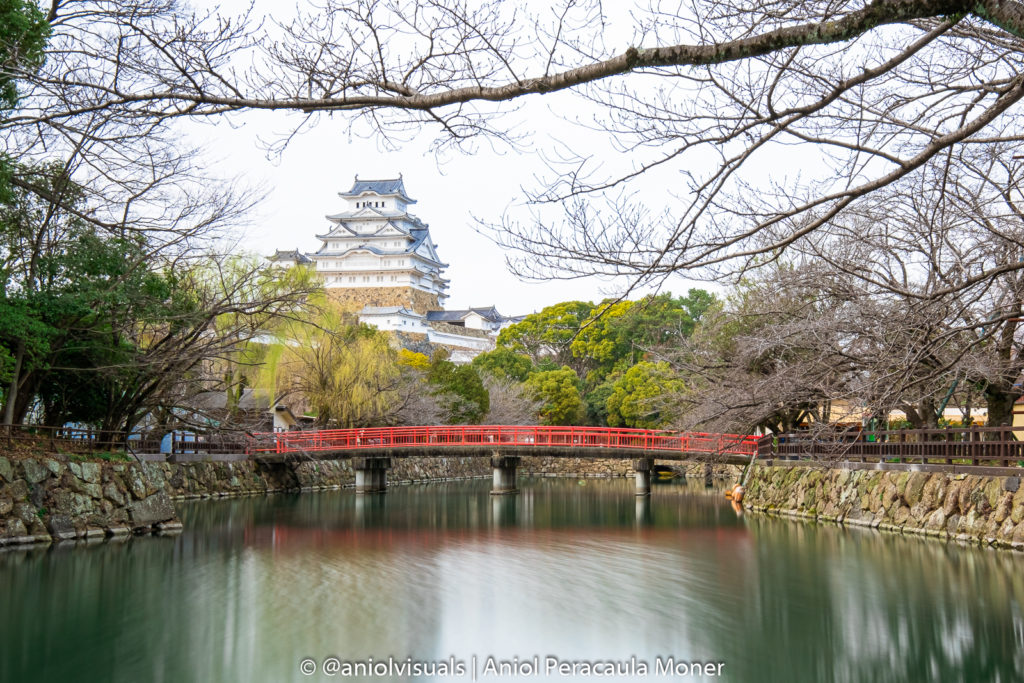Japan’s least known locations, with tips, stories and a complete map of each location!
Japan is a location present in lots of people’s bucket lists. The number of tourists visiting the land of the rising sun has been increasing nonstop for the past years, at least until the 2020 COVID pandemic happened. Photographers’ interest in Japan has also increased. Instagram feeds are being flooded with Tokyo, Kyoto and Osaka posts. But there are still some hidden Japan photo locations. Would you like to know them?
When I started planning my trip to Japan I knew I wanted to go off-the-beaten-path at least for some time during my trip. Not only because touristy areas have almost no interest for me, but also because I wanted to get some special images, some spots that not massively shot and shared. It wasn’t an easy task, a lot of Japanese posts, google maps hours and time finding train and bus combinations. Note that some of these spots are in well-known areas, some of them very close to famous locations, but you will not see a lot of images of them online. Keep reading and explore these 8 hidden Japan photo locations!
1. Arayayama Shrine
This is one of those places where you can see what Japan means. Another temple, but without tourists. A row of toriis, like the ones in Kyoto and Tokyo, but shorter and more authentic, equally photogenic. Located in Kawaguchi, next to Mount Fuji, it is an example of how a touristy and amazing location does not always make other ones pop.
I loved taking my time to take the photo, relaxing and observing the locals do their daily routines. Hidden in a normal neighbourhood, at a walking distance from the also not very famous but amazing Kitaguchi-hongu Fuji Sengen Shrine, if you have a free morning or afternoon in the five lakes area, it is worth visiting both temples. The exact location of the Arayayama Shrine can be found here.
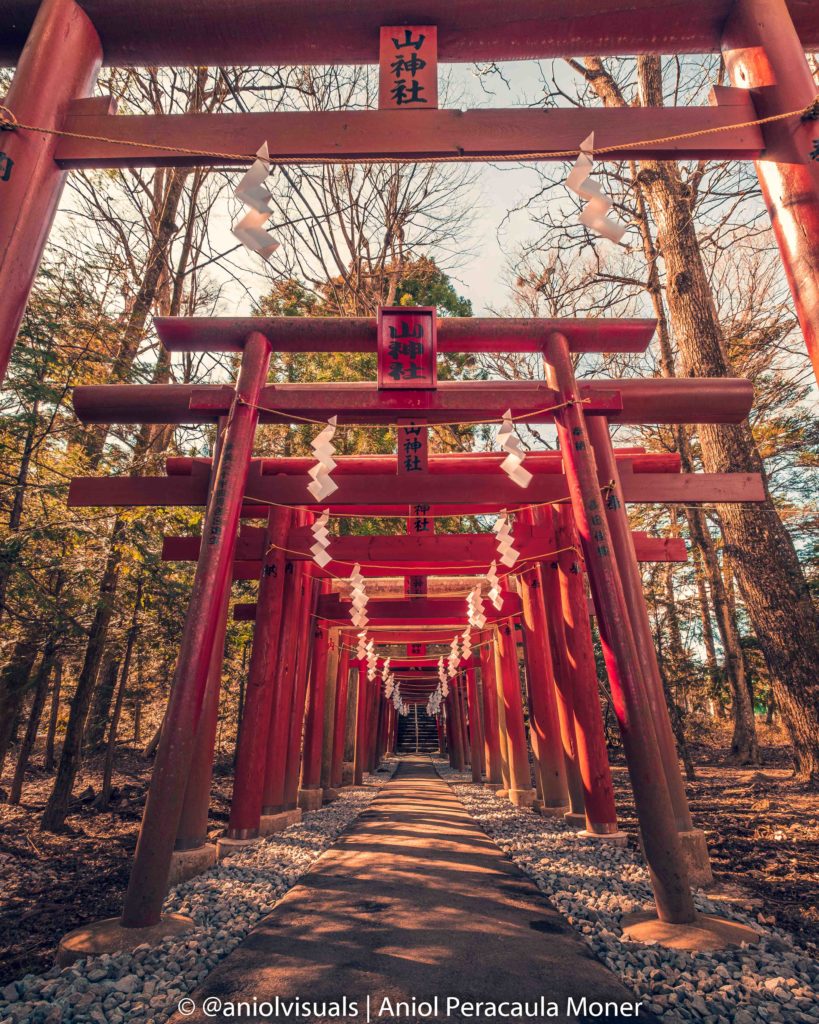
2. Koyasu Pagoda
If you search “Kyomizu-dera”on Google, you will get more than 7 million results. However, if you look for Koyasu Pagoda, you will get less than 50k results. Interestingly, the second one is located within the first one and noone seems to care about it. Not very interesting at a historical level, but very photogenic.
I discovered this spot on-site, while visiting the Kyomizu-dera temple, and I was impressed by how clean the view was of the pagoda. Once the main stone pavillion is visited, the path that leads you down passes next to some stairs that led to a orange bright pagoda. In my opinion, the best view of it is the one you get from the Kyomizu-dera wooden structure. If Kyoto had less temples, people would queue to take photos of this pagoda, but it is not the case. Easily framed with some plants or branches, it makes an easy although very interesting image.

3. Futami Okitama Shrine / Meoto Iwa
Looking for the exact location of this image was one of the greatest challenges I faced while planning my trip to Japan. One thing you might note if you ever plan a trip to Japan is that some of the google map’s locations are only available in Japanese, making the task of finding an exact location very difficult.
In this case, we are talking about one of the multiple rocks-with-ropes that Japan has. Known as Meoto Iwa, the Married Couple Rocks, they stand in the middle of the sea close to the city of Ise, in the Kii Peninsula.
Not the easiest and most accessible location, but not the most difficult one. If you are lucky (not like me), maybe you can get the shot the day that the sun rises between the two rocks. I had to leave before sunset because the winds were too strong and trains were being cancelled, and I didn’t want to risk getting lost in the middle of nowhere just for a shot.
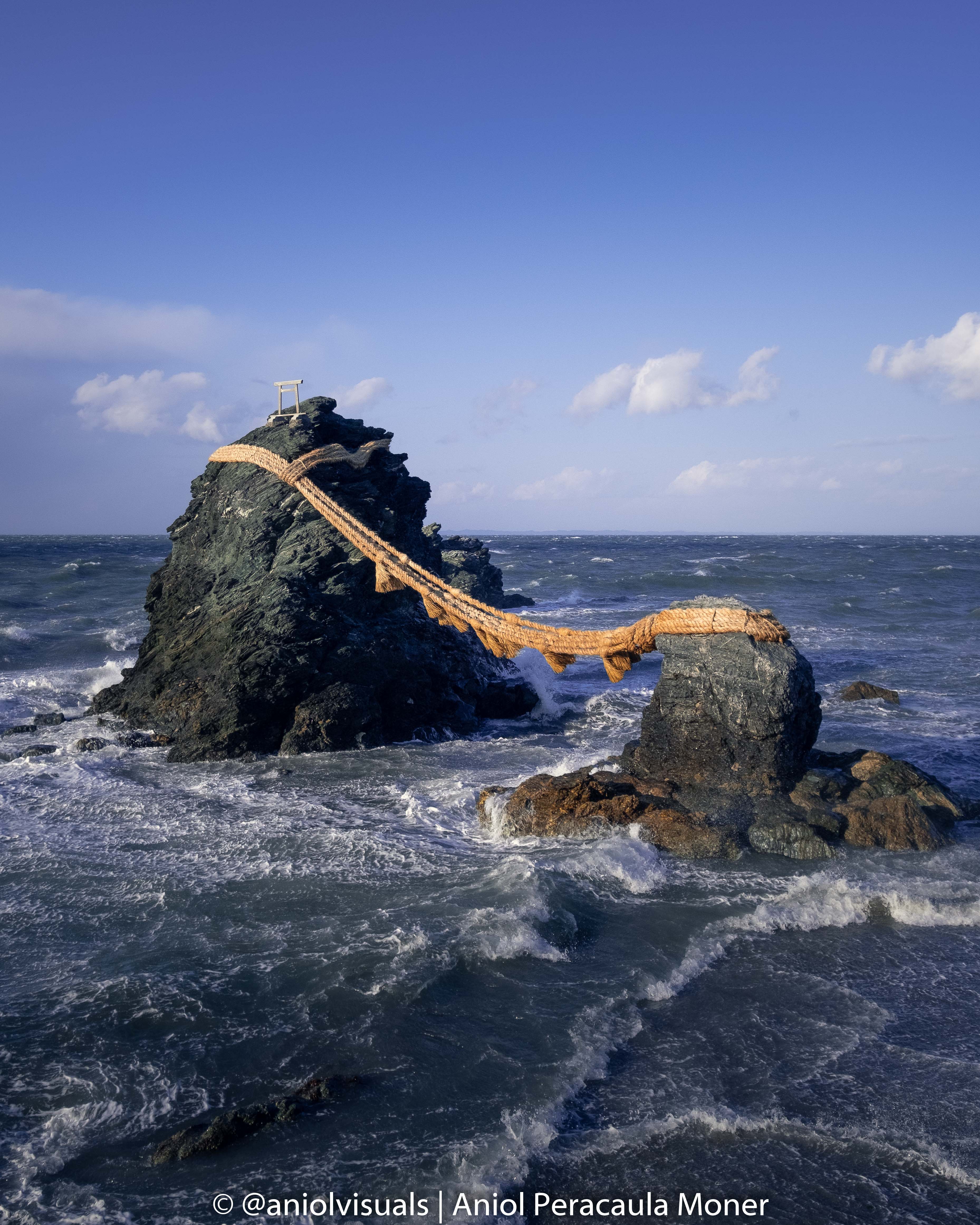
4. Benten Island
Traveling without meeting locals would be a mistake. And this is the best example of this. I wanted to visit the Nachi Taisha area, with Japan’s tallest falls and take the iconic image of the pagoda with the falls behind.
It was a rainy, moody and dark day, and after a short photoshoot at the falls, I went to the hostel, looking for some food and to rest a bit. And it was there where I met a group of locals that were drinking some sake, eating sushi and having fun. Couldn’t be more cliche, but it was this way. I joined them and despite the fact that none of them spoke a good English, I managed to ask them for locations.
And this is what they recommended me. A beautiful sunrise location, although unfortunately I couldn’t visit it in low tide, when it is easier to take a good image with the reflection. I bet this is the first time you see this spot. If not, tell me where you had seen in for the first time in the comments!
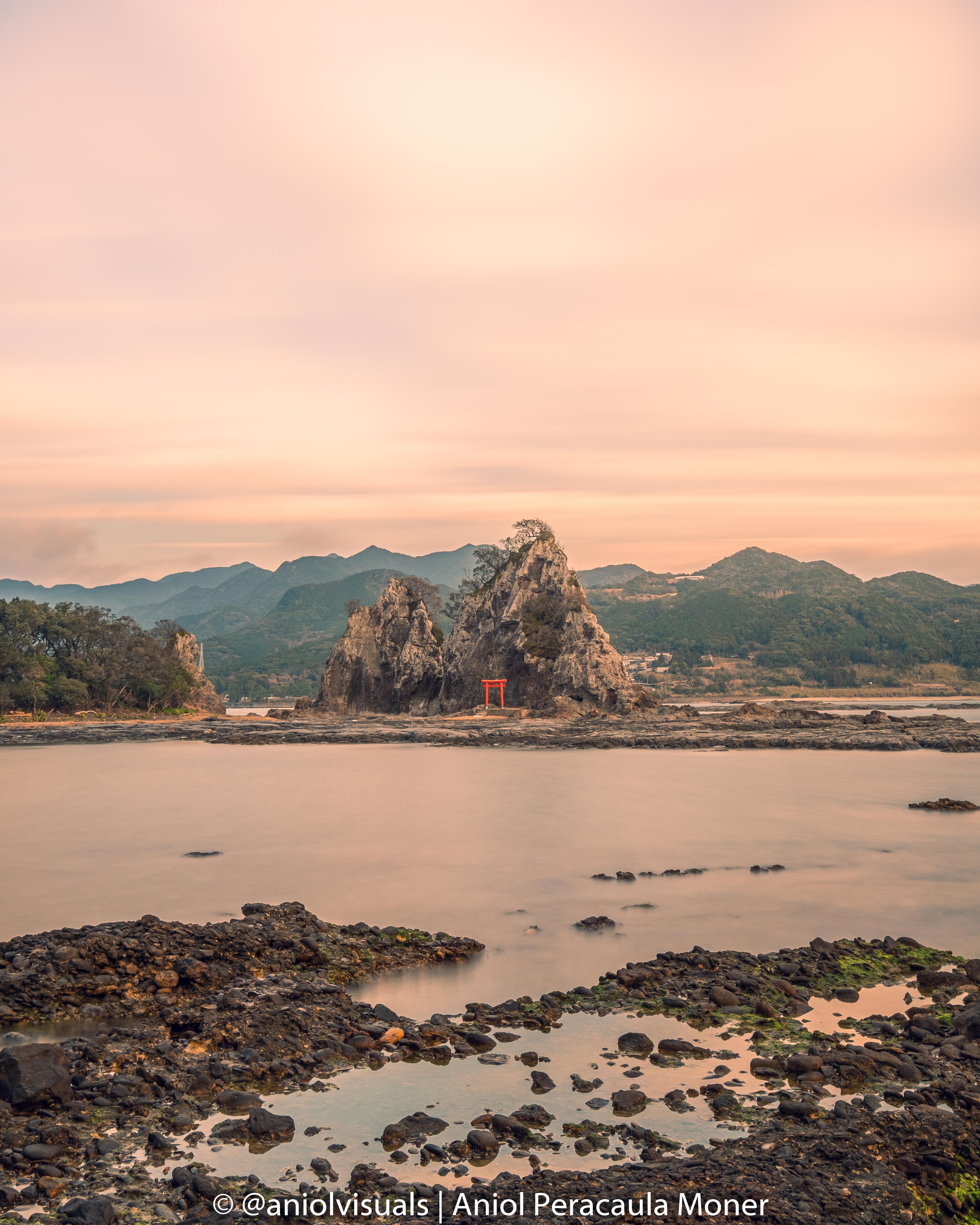
5. Daimon-Zaka
This might be the most well-known location in this list, together with the Number 6. Not very distant from Benten island, on your way up to the Nachi falls, it is possible to do the last part of the Kumano Kodo, a pilgrimage route that goes from Koyasan to Nachi.
A stone path, surrounded by giant cedars, that combined with a foggy or misty day could make one of the moodiest images in your gallery. Steep, but very beautiful.
If you take the bus to the Nachi Falls, hop off on the Daimon-Zaka stop, and walk your way up towards the temple and waterfalls. It is worth it, and way more authentic.
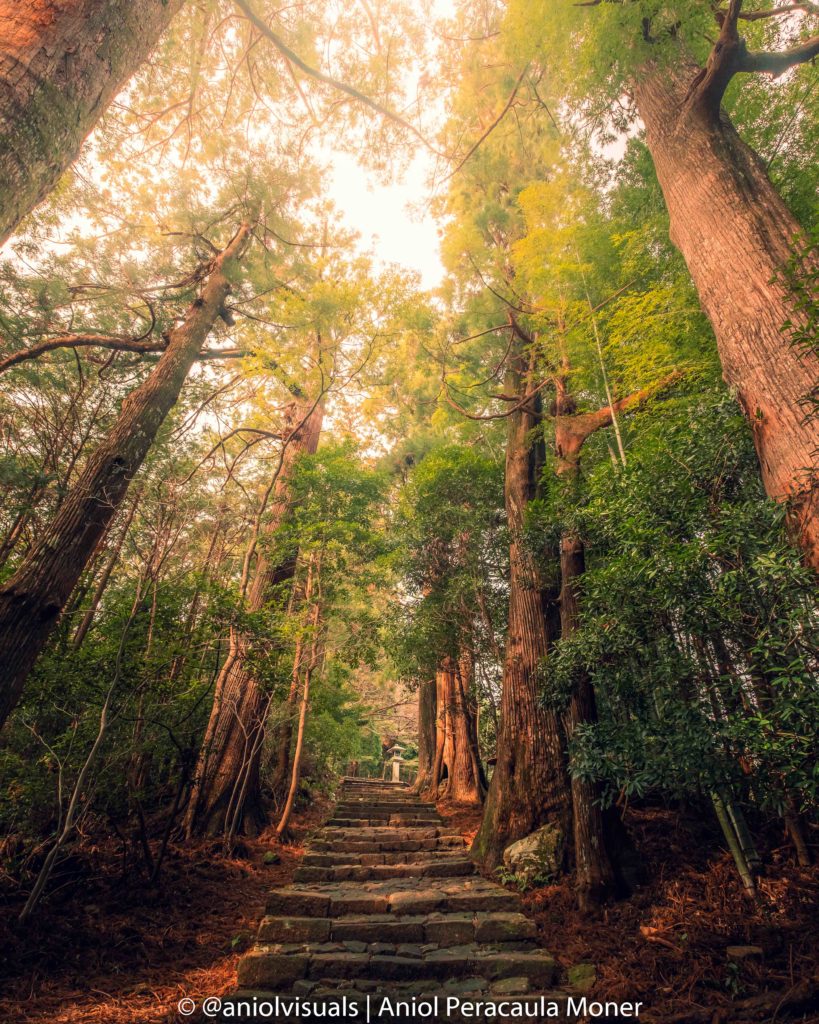
6. Okunoin Cemetery
In the middle of the Kii Peninsula, hidden from most tourists, there is Koyasan. Although it is part of the touristic route, not a lot of them make it there.
The reason is very simple: 2 trains (minimum), one cable car and a bus. This is what you need to take to reach Koyasan. Those who visit the small city usually stay at a temple, an experience that I decided to avoid. There is only one (very good) guesthouse, and it is very close to the Okunoin Cemetery.
Holding the title of Japan’s largest cemetery it is an experience by itself. Japanese cemeteries are compeltely different from European ones, and it makes a very interesting place to photograph. However, remember that you are in a sacred place and that people have their loved ones buried there. Respect is a must.
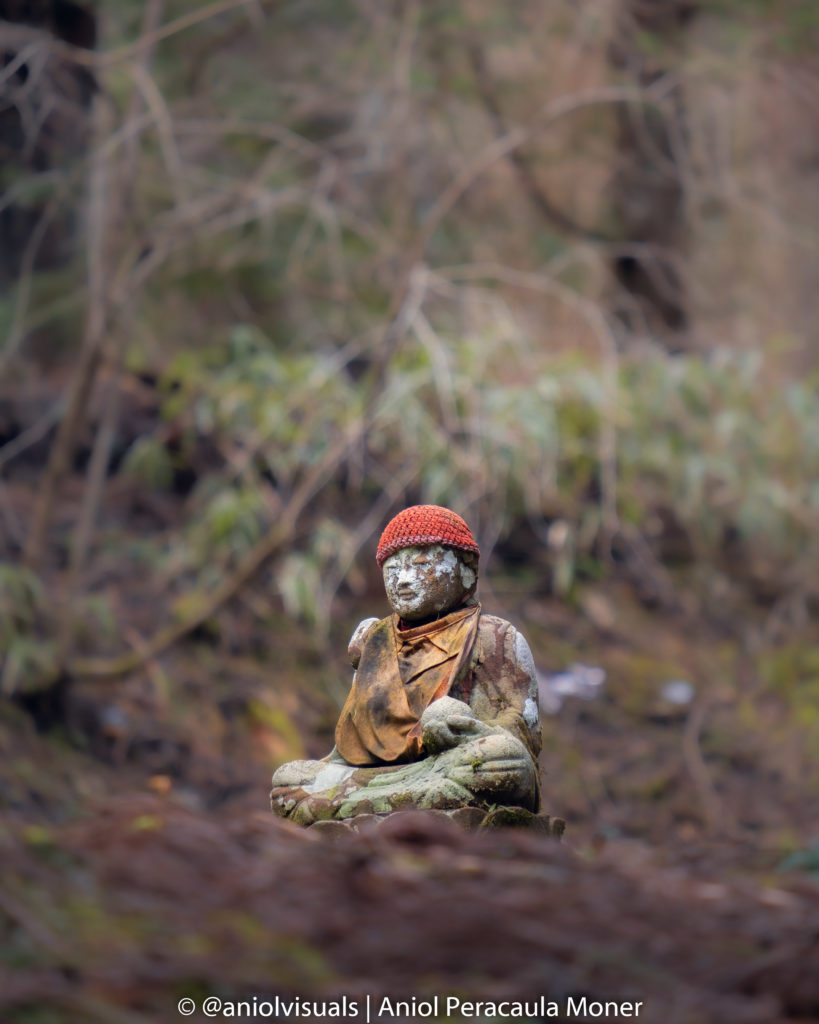
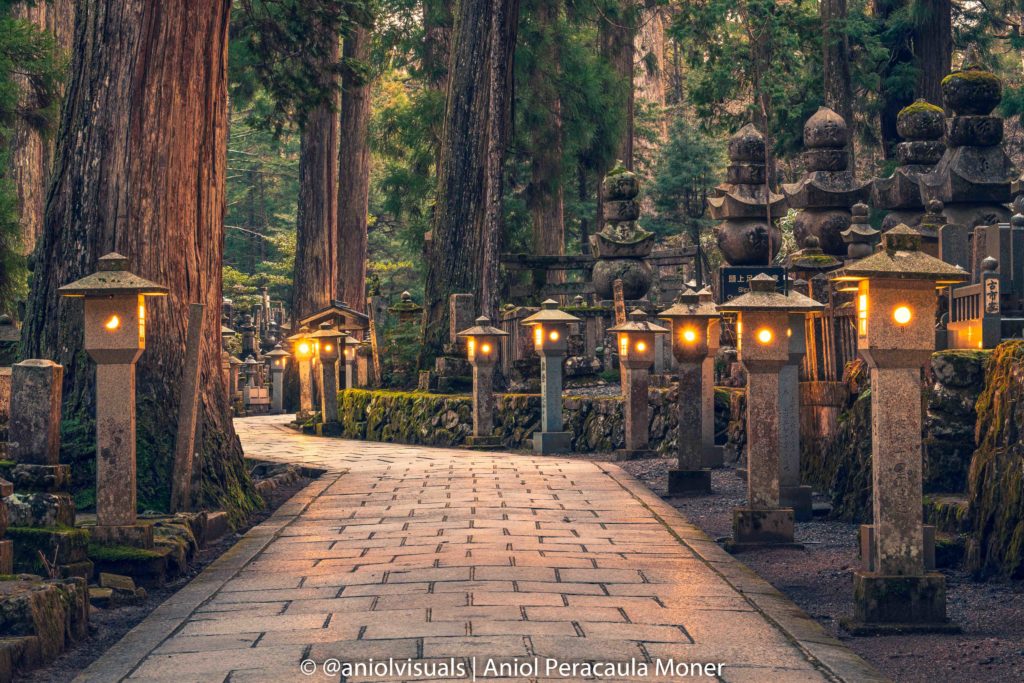
7. Shirahige shrine
Japan’s largest lake is Lake Biwa, and it is very close to Kyoto. There are many activities that one can enjoy there, from renting a boat to enjoying a sunny day at the “beach”, but I opted for a more complex and less common one.
I am sure you have seen the typical torii reflection image, from the Miyajima island. However, when I visited japan it was under restauration, and I wasn’t deeply interested in visiting it as some friends told me it was massified.
It was then when I found an image of a floating torii that was definitely not the one from Miyajima. After locating it in Lake Biwa, I realised it would be a challenging location. Unless you rent a car, you will have to walk next to a highway for at least 30-40 minutes from one of the two “nearby” train stations. For me, it was 100% worth it! My favourite one in the hidden Japan photo locations, for sure!

8. Arashiyama secret bamboo forest
Arashiyama is not only a 200mts bamboo forest. The area is full of small (and not so small) temples, some of them worth visiting. Among those, there is a very special one. The secret Kyoto bamboo grove is in the Adashino Nenbutsuji Temple (here), at a walking distance from the most popular Arashiyama spots.
Walking to the temple is a very interesting experience, as the tourists disappear and small houses with beautiful gardens dominate the streets. The temple itself is special, as it commemorates the souls of those who died without kin.
Inside the temple area (you have to pay around 500 yen) there is the hidden bamboo forest. Smaller and shorter than the big one, but in my opinion, better. The sense of discovery and uniqueness you feel when taking the photo can’t be compared with anything.
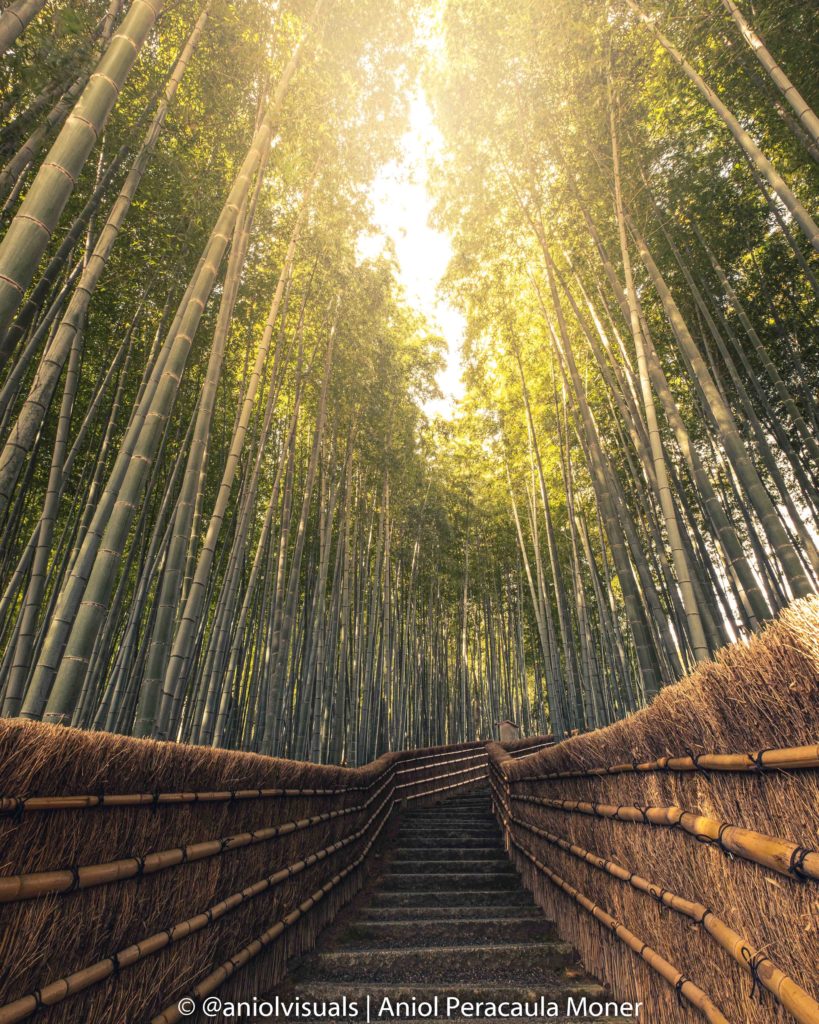
Spread the word!
If you visit any of these hidden Japan photo locations, tag me in your photos, I would love to see them! If you want to see more of my work in Japan or any other of my trips, visit my Instagram! And if you have any questions, or you want to use my photos, contact me via the contact form or at aniolvisuals@gmail.com
